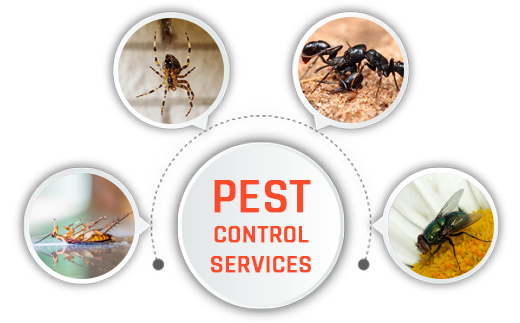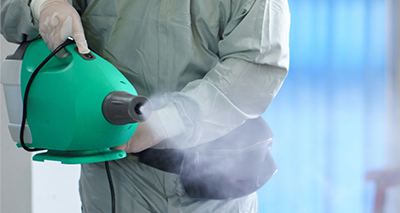Fly Control Treatment In Seawoods
Fly Control Treatment In Seawoods
Fly Control methods Most people do not like flies. In houses, and outdoors, seeing these pests hovering on or near your food and drinks is an unwelcome sight. However, there are thousands of species of flies in the world. Some types of flies are capable of biting, while others are merely bothersome. Additionally, flies are linked to the spread of typhoid fever, dysentery, diarrhea and food poisoning. Flies commonly found in and around homes include the house fly, little house fly, blow flies, flesh or latrine flies, fruit flies and stable flies. In some parts of the United States, species of bottle fly are also common. Unlike the other species of nuisance flies, stable flies are able to bite. If you have a fly problem, there are multiple methods for fly control, but how to kill flies is not always the same as how to get rid of flies.
Flies buzzing around your house can definitely be a nuisance. get rid of flies In Seawoods.
"Sanitation practices that remove breeding areas are fundamental to the control of filth-breeding flies, such as house flies and blow flies. Remove or cover garbage and clean spilled animal feed and manure. … Screening and other exclusion techniques can be an important management tool for several types of indoor fly problems. Caulk or cover all openings into a home to prevent flies from entering. Do so before flies enter buildings. For example, cluster flies rarely are found indoors until late winter and spring but typically enter buildings during late August and September. Use insecticides only as a supplement to other controls. Serious problems exist with insecticide-resistant flies and many fly populations are now difficult to control with insecticides. Spot treatments applied to areas of high fly activity are most efficient. For example, flies that tend to rest in dark corners can be controlled by applications to these areas. For cluster flies, treat upper stories of building exteriors immediately before the flies move indoors for overwintering. Permethrin is currently the most common insecticide used for fly control and is widely available."

+91 8379882277

